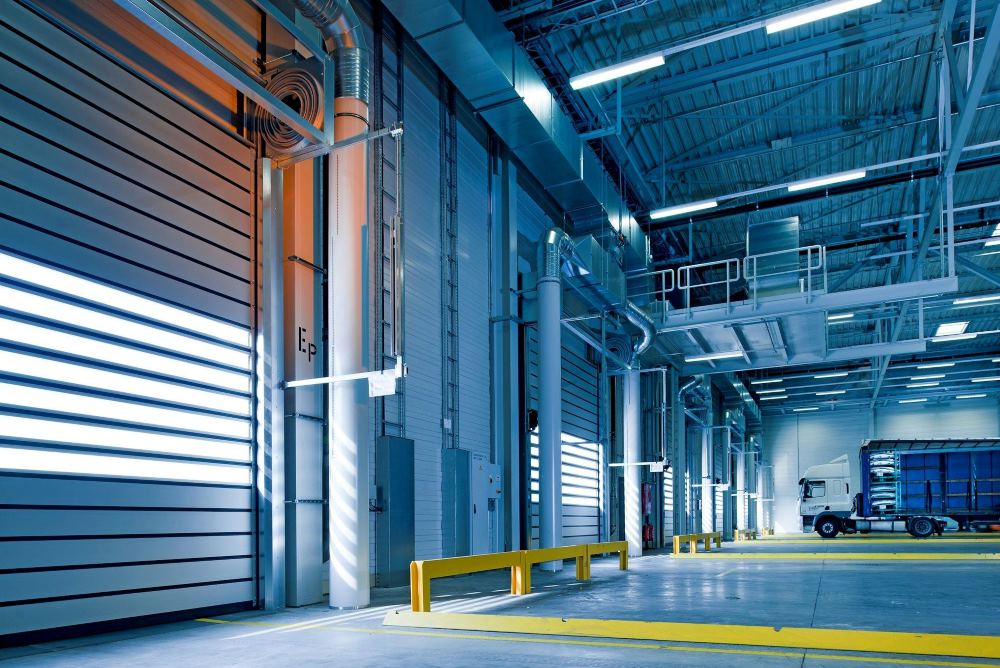Whether we’re looking at the capacity of a factory, hospital, school, software design company, restaurant, or shipping port, we’re looking at systems (or many systems) of interconnected processes that transform inputs systematically into higher value outputs.
In the realm of operations and productivity, the coordination and integration of various processes are crucial for creating cohesive and productive operations. Each individual process within a system can often be considered a mini-system in itself, complete with its own set of subprocesses.
‘System’ definition and ‘process’ definition in capacity planning
Although there are no universal definitions for the terms ‘system’, ‘process’, ‘subprocess’, or ‘task’, each concept carries its own capacity and contributes uniquely to the broader system it is part of. Understanding these components requires us to visualize and define them specifically, deciding what they do and do not include.
System capacity vs process capacity
When discussing the capacity of any entity—be it a process, system, task, factory, or team—we must metaphorically place a virtual box around it. This helps in defining its scope and limitations.
For instance, in a supply chain, we could evaluate the capacity of a single delivery van and its driver. Expanding our view, we might consider the larger system, such as a distribution hub, which includes a fleet of delivery vans, a warehouse, and a sorting and packaging team.
Diving deeper, we might assess the capacity of individual resources like the driver and the vehicle separately. Further still, we could examine the subprocesses of the delivery van operation: route planning, driving, unloading, walking into the building, and completing paperwork. Each of these sub processes can be subdivided further if necessary.
In many cases, numerous resources work together to create an effective process, and multiple processes, in turn, share many resources. These can include direct labor, supporting labor, power supply, material supply, or information flow. Analyzing each of these individual processes within a system allows us to identify bottlenecks and constraints.
What is ‘process capacity’?
Process capacity refers to the maximum output rate a process can achieve under real-world conditions on a sustainable, day-to-day basis.
How to measure process capacity
Accurately determining process capacity is challenging because processes are rarely required to operate at their maximum output continuously. They may experience busy periods and occasional overloads, but these do not equate to a consistent maximum capacity.
However, there are several methods to measure or estimate process capacity effectively:
1.Analysis of historical data
The first method for measuring process capacity involves analyzing historical data to identify the maximum sustainable output rate achieved over a significant period, such as a record week or month.
It’s crucial to use a sufficiently long time frame to ensure the data reflects sustainable performance rather than an unsustainable sprint. If historical data for your system is unavailable, consider examining data from similar systems within your organization.
2. Benchmarking
Evaluating output and capacity data from similar systems or competitors can serve as a useful benchmark. While this doesn’t guarantee your team can replicate these results, it provides a reference point and can help identify potential improvements or set realistic goals.
Benchmarking can reveal the performance levels of comparable systems, thus guiding your own capacity estimations.
3. Educated guessing and extrapolation
In the absence of comprehensive historical data, educated guessing or extrapolation from available performance data can provide a rough estimate of process capacity. This method, though less reliable, can be useful for preliminary assessments.
Bottom-up approach:
This involves identifying a recent period where the process was not operating at full capacity and estimating how much more output could have been achieved if it had been maximized.
Top-down approach:
This involves starting with an ideal or design capacity and applying a sustainable efficiency ratio, accounting for typical time losses, to estimate actual capacity.
These approaches provide a basic perspective and can help determine which processes warrant further investigation.
4. Process analysis
Process analysis involves a detailed examination of the process to uncover hidden opportunities for improvement.
This can be achieved through:
- Mapping out the process and understanding its components.
- Conducting line studies and cycle time analysis.
- Using tools such as slow-motion video and frame-by-frame analysis.
- Systematically interrogating individual lines of programming code, if applicable.
This method often reveals inefficiencies and potential enhancements that can increase the process’s actual capacity beyond its current performance.
5. Stress testing
The most convincing method to measure actual process capacity is stress testing. Stress testing involves running the process at maximum effort for a planned period, ensuring that all external dependencies, such as work and material supply, are adequately managed to avoid delays.
The duration of the stress test is critical; demonstrating a high output rate for one day cannot be extrapolated to an entire year. The goal is to observe and verify the process’s output capabilities under controlled, maximum-effort conditions.
Measuring process capacity requires us to define processes, including the steps and resources. Utilizing a combination of historical data analysis, benchmarking, educated guessing, process analysis, and stress testing can provide a comprehensive understanding of a process’s capacity. By employing these methods, organizations can identify bottlenecks, optimize performance, and achieve sustainable maximum output rates.



